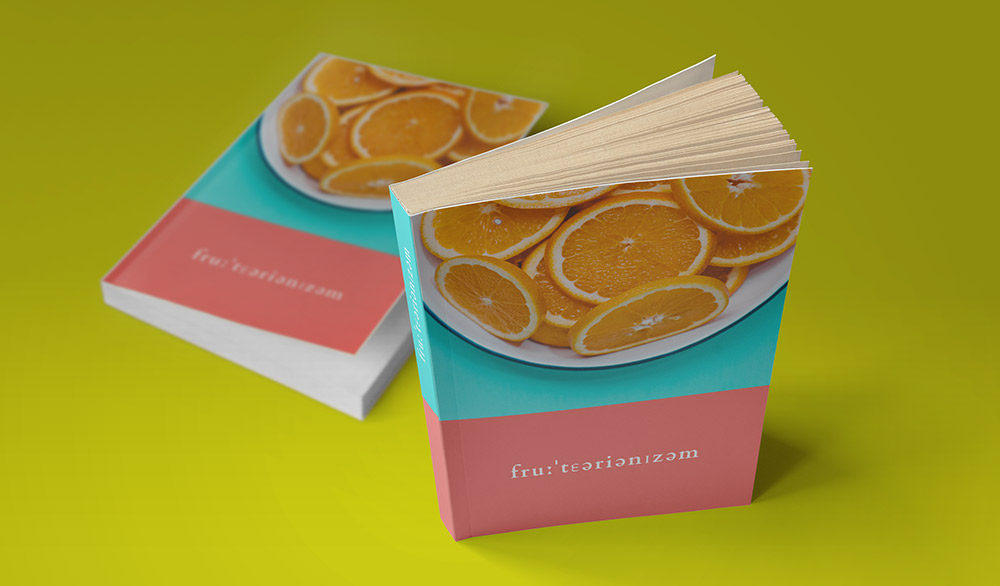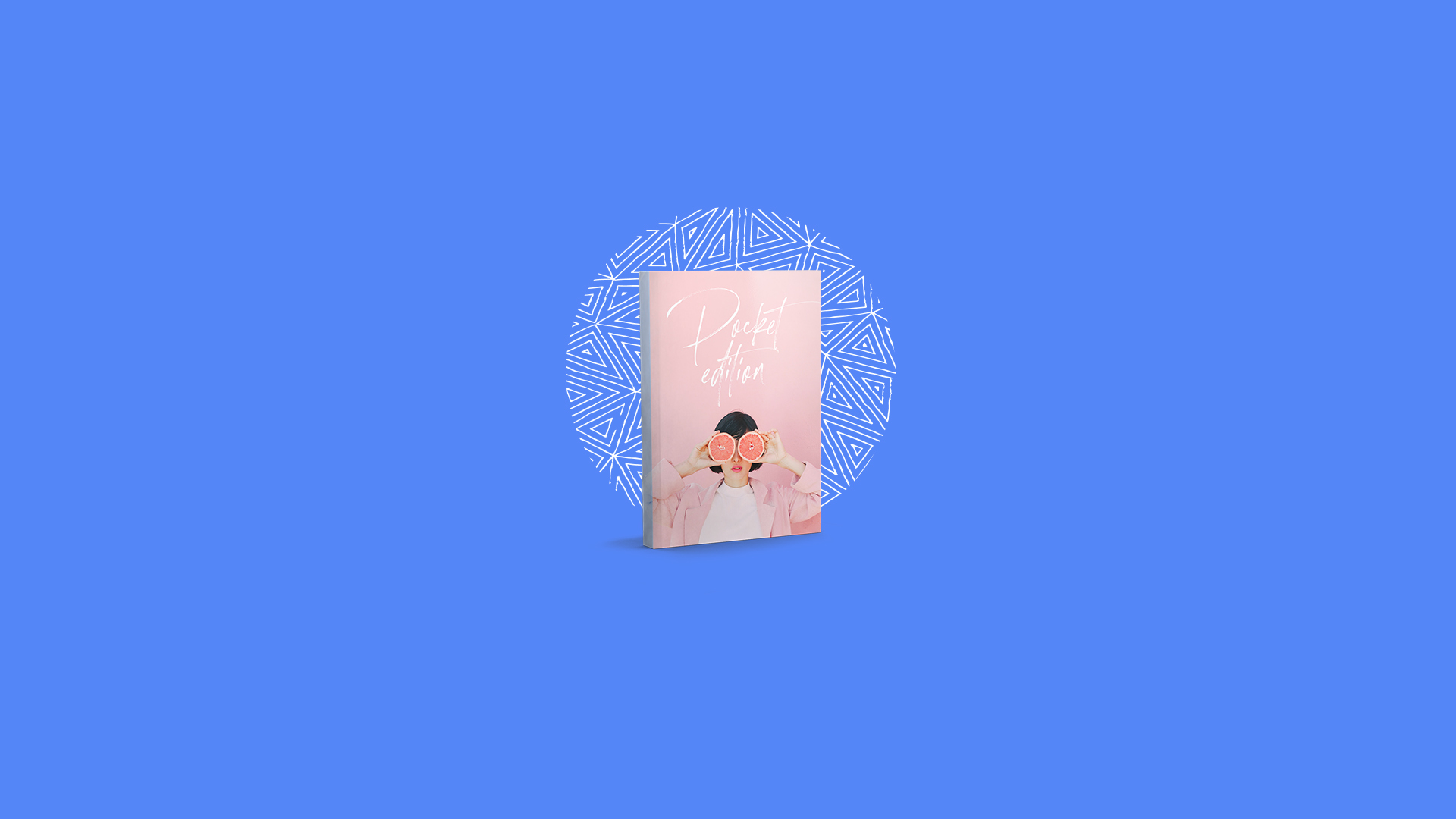What is a paperback book?
If you are like those of us here at Blurb, then your mind never wanders too far from the comforting thought of books. We all have our favorite authors, our life-changing reads, and our massive collections of everything from well-worn novels and biographies to beautiful coffee-table-style art books. When a new release is on the way, we face the same question. Do I buy the hardcover or wait for the paperback book? There is no wrong decision, but it got us thinking about paperbacks. How long has it been around and what ingredients make a paperback book?
When were paperback books invented?
Turns out, the paperback book, also known as a softback or softcover book, has been around for a long time. In the early nineteenth century, improvements in printing technology enabled printers to produce cheaper, smaller versions of popular books aimed at railway travelers. British and German publishing houses, like Routledge & Sons and Reclam, found success marketing these new paperback books. The portable volumes could be mass-produced and distributed to non-traditional locations, where they reached an even wider audience.
In 1935, the British publishing imprint Penguin Books entered the scene and gained popularity by reprinting softcover editions of classics (often in large print runs, around 20,000 copies). Simon & Schuster followed suit, launching the Pocket Books label and releasing the first mass-market, pocket-sized paperback printed in the United States: Pearl S. Buck’s The Good Earth. During World War II, the US military also distributed 122 million special edition paperbacks to troops. As paperback books began popping up in newspaper kiosks and bookstores, people found themselves with more access to literary and scientific knowledge, at a fraction of the cost of hardcover editions.

Paperback book sizes
How do these little gems stack up size-wise? The original railway paperbacks measured in at a compact 4 3/8 in. x 7 in. (the same as those mass-market romance and mystery novels we see all over airports, drugstores, and supermarkets today). In the US, books known as trade paperbacks come in two standard trim sizes: small (5 1/8 in. x 7 3/4 in.) and medium (5 3/8 in. x 8 1/2 in.).
Paperback books versus hardcover books
Unlike hardcover books, which are larger, more expensive, and bound by stitches or staples with a cloth or leather cover, paperback books are characterized by generally lesser quality paper, glue binding, and a flexible cover made from thick paper or paperboard. Trade paperbacks are often printed on acid-free paper, whereas small, mass-market copies are printed on the lowest-quality paper, which allows printers and publishers to keep the price so affordable. When it comes to new books, publishers release most fiction and nonfiction books in hardcover first, followed by a paperback version the following year.
In the world of book aficionados, hardcover books tend to be highly regarded, based on the attention given to material design, paper quality, and page design. However, the paperback also provides its own lo-fi, approachable, and highly flexible aesthetic. Paperback books are clear winners in terms of price and portability, even if they lose points for durability. And perhaps most importantly, the paperback is the ultimate shareable tool, easily passed from one reader to the next, taking on the weathered patina personality many of us come to enjoy.
***
Do you have a creative project you plan to self-publish as a trade book? This format not only gives you beautiful and economical printing options, but it also offers the most possibilities for worldwide distribution. Download BookWright and start designing your trade nook today. Or learn more about the types of book covers available.

